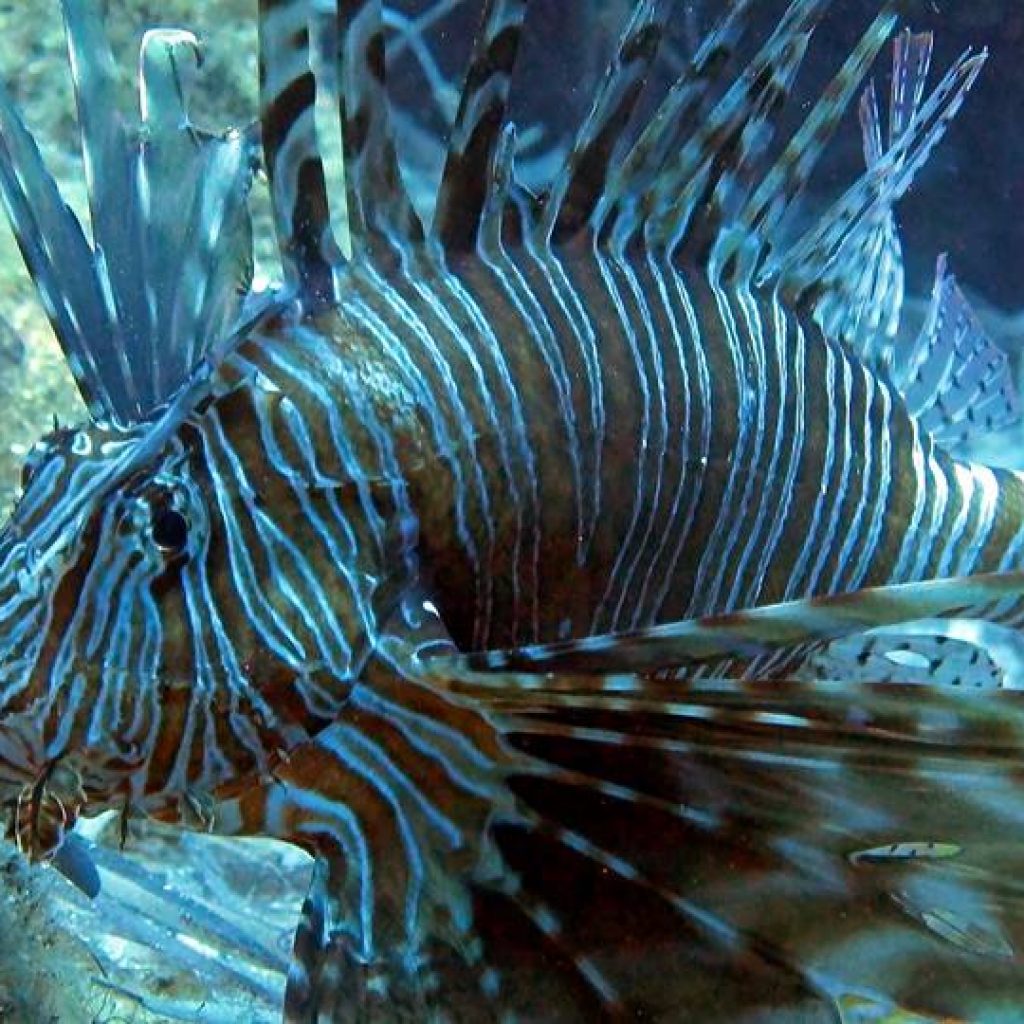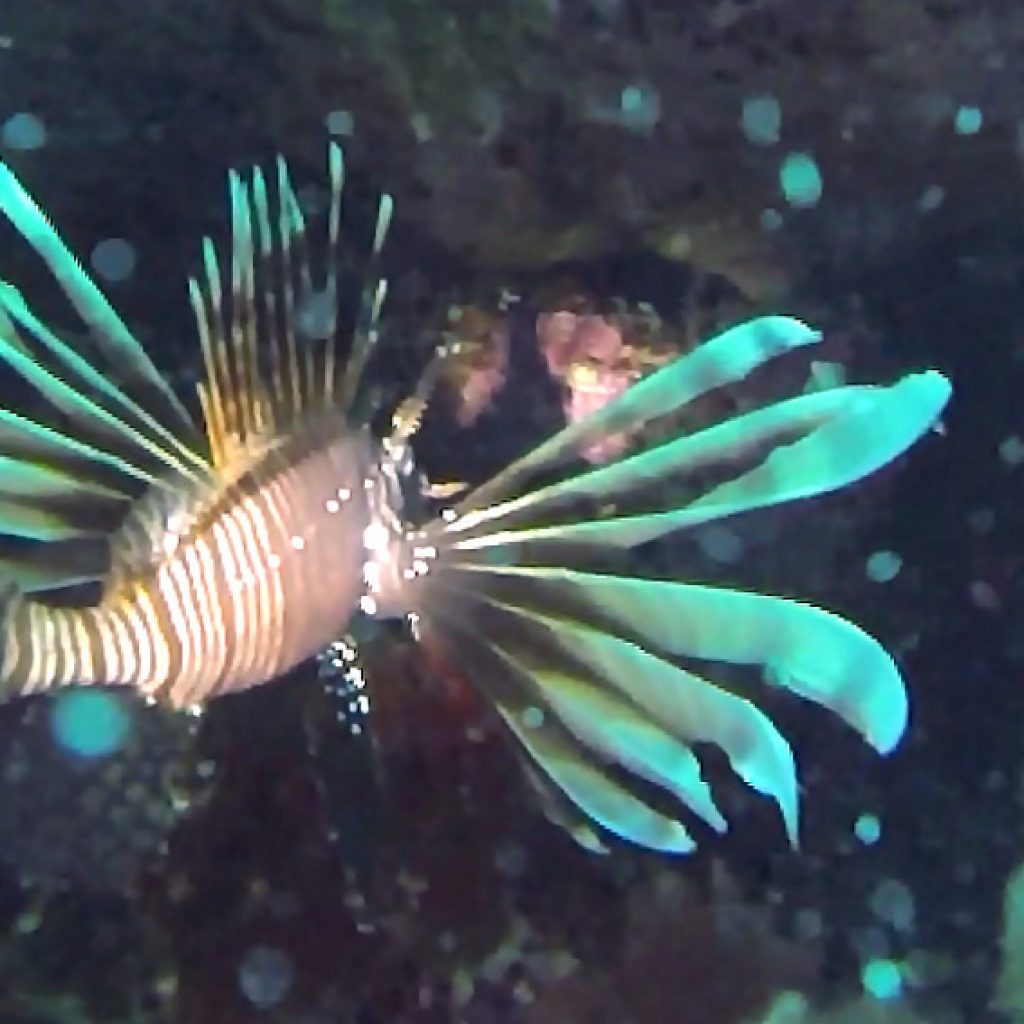Lionfish Threat in the Coasts of Cyprus Island


Is Lionfish becoming a threat in the coasts of Cyprus Island; what shall be done to prevent the possible harm?
A new “invasive species” of marine life has reached the Mediterranean. Despite the beautiful look and appealing exotic image for a camera shot, lionfish are very dangerous when are out of their original habitat. Lionfish, also called turkey fish, dragon fish and scorpion fish are originally from Indian and Western Pacific Ocean who have already invaded both the Caribbean Sea and Atlantic Ocean and are now observed in the mediterranen and Cyprus coasts. We have come across the lionfish in various a number of our dive sites in different times of the year and are concerned about the harm they can bring to our marine life rather than the beauty they offer for our camera shots.
Lion fish are carnivores with a life span up to 15 years. The largest of lionfish can grow to about 0.4 meters in length, the average is closer to 0.3 meters. Predators of lionfish are larger lionfish individuals engaging in cannibalism on smaller individuals, moray eels, bluespotted cornetfish, large grouppers like the trigger grouper and Nassau grouper. Sharks are also believed to be capable of praying on lionfish.
They are danger to the local habitat of the invaded area as the invasive lionfish eat everything that they can fit into their mouths and that their stomachs can handle. Their stomach can expand up to 30 times the normal volume and a lionfish will fill up to capacity as soon as it is able. Scientists have cataloged over 70 different species that lionfish will eat through stomach content analysis. In addition to the fish they eat, they also eat invertebrates and mollusks – shrimp, crabs, juvenile octopus, squid, juvenile lobster, sea horses, etc.
They are also a danger to fishermen, divers, swimmers and spare hunters even though they use their spines to sting for defensive reasons, not offensive. Someone could touch the lionfish dead or alive, and still get injured. Even though they are not highly fatal, the pain and allergic reaction can be severe. If stung by a lionfish, The National Oceanic and Atmospheric Administration (NOAA) recommends immersing the wound in hot (but not scalding) water for about 30 minutes as soon as possible– this helps denature the lionfish venom and decrease pain.
New PADI specialty course lets divers hunt lionfish in the Cayman Islands: Invasive Lionfish Tracker’, a PADI Distinctive Specialty course.
Could it be the major measure to be taken for minimizing the risk of great harm and damage the lionfish can bring to Cyprus’ sea echology over the long run?
For more info on lionfish:
http://oceanservice.noaa.gov/education/stories/lionfish/factsheet.html
http://lionfish.gcfi.org/manual/InvasiveLionfishGuide_GCFI_SpecialPublicationSeries_Number1_2012.pdf
http://lionfish.co/why-are-lionfish-a-problem/
http://voices.nationalgeographic.com/2013/08/08/the-truth-about-getting-stung-by-a-lionfish/




That’s really shredw! Good to see the logic set out so well.